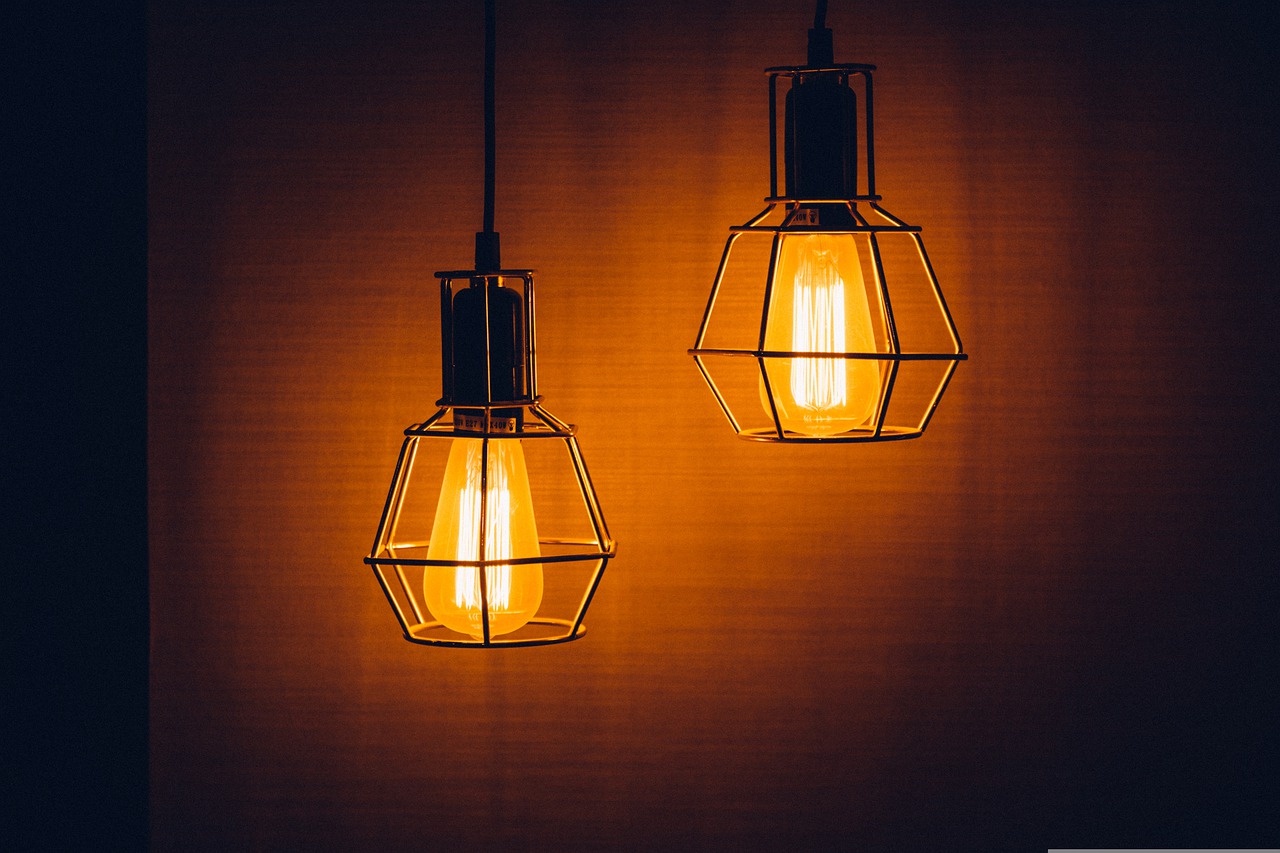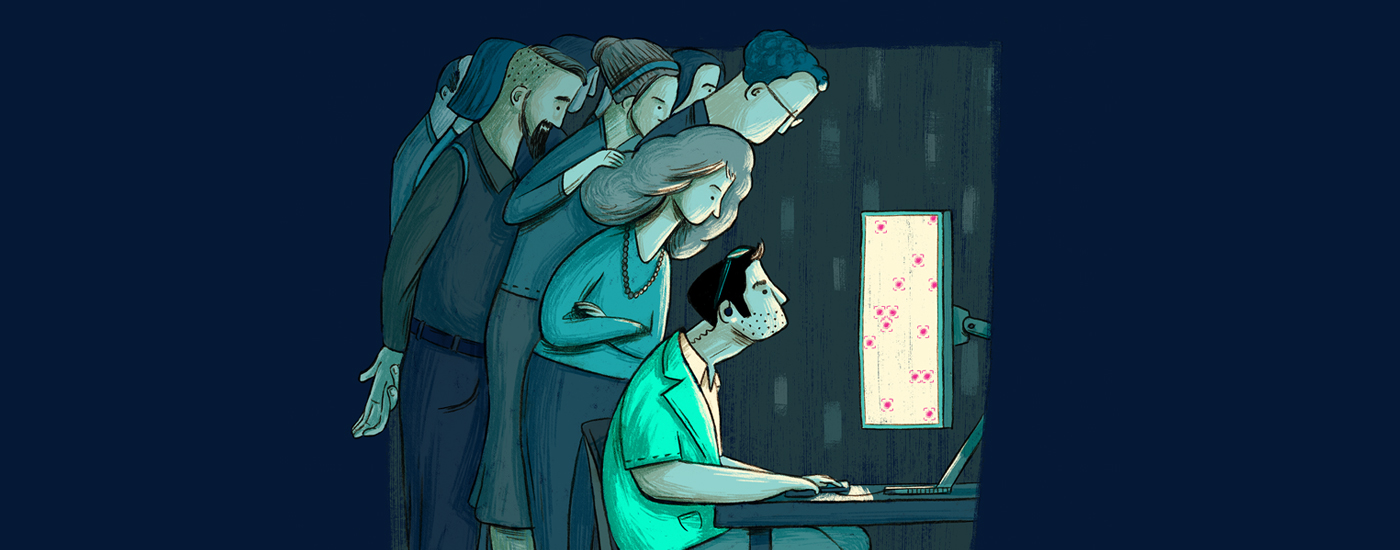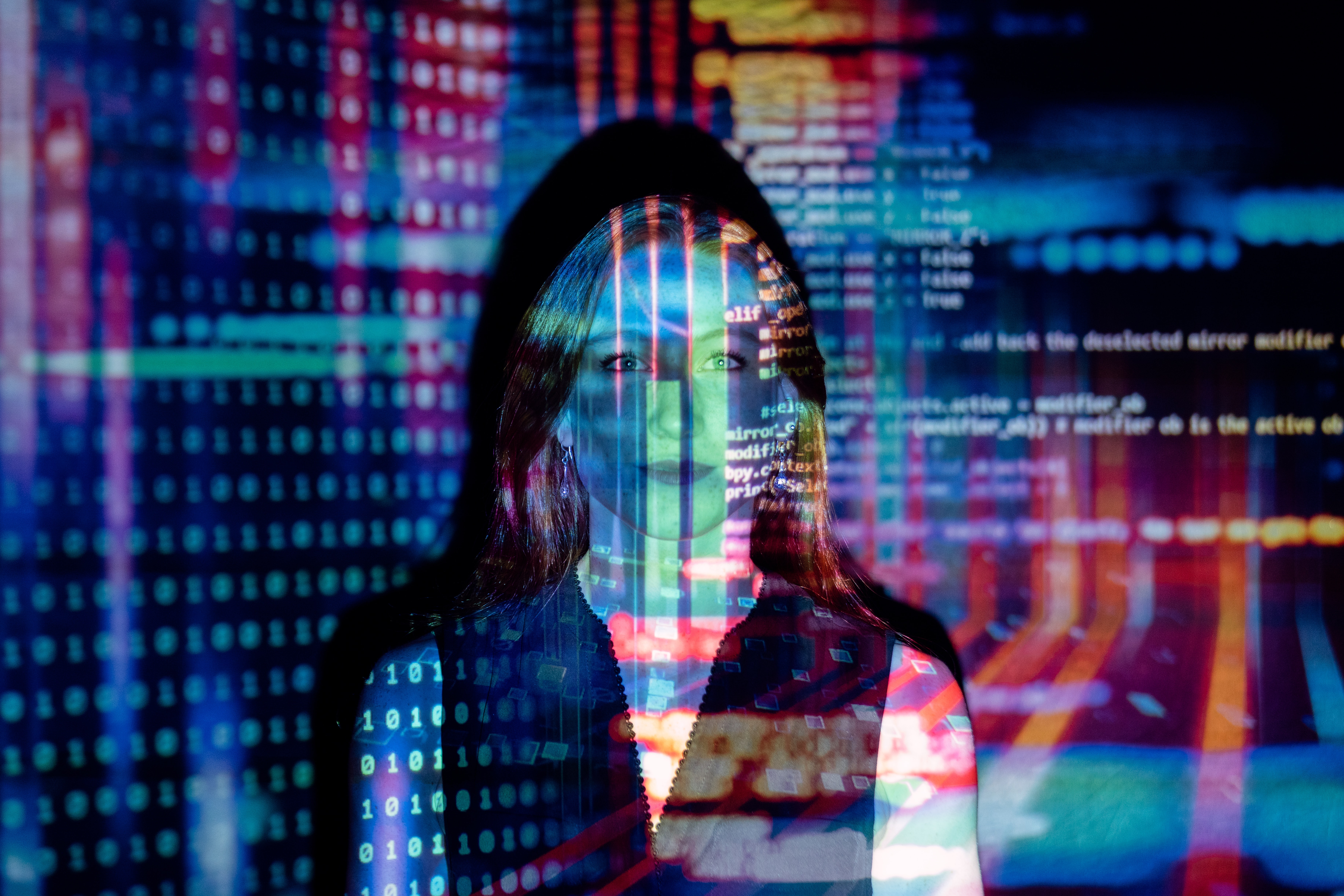
Share this Post
Energy poverty, or fuel poverty, is defined as the difficulty of ensuring sufficient energy for basic household needs such as cooking, hot water, lighting, heating or cooling and operating electrical appliances. It is a multidimensional problem that depends on the availability, affordability, quality, reliability and safety of energy sources, supply networks and electric appliances. Energy security is compromised, among other things, when the power supply is not continuous due to absent or inadequate infrastructure, unauthorized connections to the grid or disconnections due to unpaid energy bills. One of the difficulties faced by governments is the very definition of “energy poverty”, e.g. how this phenomenon can be quantified and assessed and, subsequently, the most effective means and policies for tackling it. Given the lack of a global consensus, various countries are setting their own definitions, measurements, criteria and coping strategies (ENGAGER, 2018). There is, nevertheless, a growing awareness of the problem and an increase in international efforts to promote a discourse of “energy as a basic human right” (Right to Energy Coalition).
International data, drivers and implications of energy poverty
The climate crisis, manifested in the increased frequency of extreme weather events such as heatwaves and floods, exacerbates the burden of the energy poverty phenomenon, affecting energy consumption and increasing electricity bills. The COVID-19 pandemic has also significantly increased electricity residential consumption levels. Combined with the loss of livelihoods, this increased consumption has pushed many households worldwide below the energy poverty line (International Energy Agency, 2021). The UN estimates that 759 million people lack access to electricity and that one third of the world’s population uses dangerous and inefficient cooking systems (UN, 2022). In Europe alone, more than 50 million people (1 in 4 households) experience energy poverty. Since energy is needed for every aspect of modern daily life, there is a wide range of socio-economic and health related consequences for energy insecurity. For example, non-optimal indoor temperature coupled with lack of proper ventilation can cause exposure to harmful environmental hazards such as moisture and mold, which in turn cause adverse health consequences, including respiratory and circulatory conditions and mental-health illnesses (e.g. EP Pedia, 2021). On a global scale, over five million deaths are associated with sub-optimal temperatures annually. In Eastern Europe, the rate of deaths due to heat is the highest, while in Africa, the main climatic factor for mortality is cold (Zhao et al., 2021). Especially since the global pandemic, energy insecurity has threatened the ability of already vulnerable populations to take an active part in society, as remote schooling and remote work-related meetings depend on access to electricity, thus worsening adverse social consequences including stigma and exclusion.
Data on energy-poor households in Israel
There is currently no official definition by government authorities of energy poverty in Israel nor is there an official criterion to define the energy poor. Data on households disconnected from electricity is published by the Israel Electric Corporation (IEC) and the Public Utility Authority (PUA). The data do not include disconnections of households on pre-paid meters that run out of money. Data on the number of households that pay by pre-paid meters is not available to the public.
Some additional sources of data regarding affordability of electricity are those collected by non-governmental organizations. For example, the non-for-profit organization “Latet” conducts a survey among the underprivileged households with which it works (monthly assistance in the form of food baskets to 60,000 families and 1,000 Holocaust survivors). “Latet” found that more than 50% of the respondents (n=1357) either have equipment to heat or cool the house but cannot afford to use it, or do not possess and cannot afford to buy any cooling or heating appliances whatsoever. Approximately 40% of the respondents were disconnected from water or electricity because they could not pay the bills (LATET, Alternative Poverty Report, 2021).
Access to electricity in Israel
As in all developed economies, access rates to electricity in Israel are set at 100%. Yet, a large community, composed of approx. 84,000 members of the Bedouin ethnic minority, is living off-grid; this group experiences extreme energy poverty (Teschner et al., 2020). Across the Negev, a large desert region in Israel, there are 34 villages over which there is an ongoing dispute with the State concerning land-tenure rights and legal status. These unrecognized villages have limited access to healthcare facilities and schools, and lack access to other infrastructure including paved roads, public transportation, sewage system, garbage collection, running water and the electrical and communication networks. According to studies, many households in these villages have installed solar panels and batteries, which provide electricity for basic needs. In addition, many still use wood fuel in open fire or diesel generators.
Policies to address energy poverty
Direct policy in Israel currently includes two welfare-benefit measures: A reduced electricity tariff for eligible consumers based on economic criteria (provided for 307,000 consumers in 2022) and a one-time yearly heating allowance of approx. 100 Euro for pre-defined special groups such as Holocaust survivors, paid by Israeli social security (the National Insurance Institute, or “Bituach Leumi”) . In addition, Israel’s Electricity market reform of 2003 set several pre and post-disconnections procedures in place (such as obliging the operator to send notices, or set a quick reconnection procedure after payment).
In 2014, the courts declared for the first time that in modern Israel electricity is a basic right and living without it violates the right to dignity. This determination was further strengthened by the ruling of the Supreme Court. According to the ruling, the state’s laws do reflect the recognition of the link between the right to access to electricity and basic human rights; yet the criteria cited in the law for defining the group of consumers eligible for the special tariff do not express this recognition. The law states: “The inevitable conclusion is that in some contexts a steady power supply is part of the fundamentals required by humans for the purpose of their basic and day-to-day existence and is therefore worthy of protection under the established right to human dignity” (Judge D. Barak-Erez, Supreme Court, 3.1.2022). In light of this, the Supreme Court halted disconnections for six months, required the Electricity Authority to establish new and detailed rules for the recognition of “vulnerable customers” in danger of being disconnected from the grid, and mandated that the Israel Electric Corporation conduct a formalized hearing procedure prior to disconnection.
The age and physical condition of houses are considered to have significant impact on energy poverty levels. In Israel, there are currently no designated public investment programs for renovating residences with inadequate energy infrastructure whose residents suffer from energy poverty. Publicly funded renovation of residential buildings in Israel depends mainly on larger urban redevelopment plans (which do not exist for all areas in need) , or profit-driven plans initiated by the private sector. There are several mandatory building standards, but these apply only to new buildings, mainly (i) Binding standard no. 1045 for thermal insulation according to a set minimum standard (entered into law in 1979 but enforced only since 2011) and (ii) Green Building Standard #5281/2 (statutory since 2022), which includes significant measures for energy efficiency in new buildings. Finally, the Ministry of Welfare and Social Affairs is currently promoting several small-scale pilot projects in public housing that include the installation of solar panels. The scheme includes PV panels that will be connected to the grid; the electricity generated is intended to be deducted from the electricity bills of the apartments. The exact financial mechanism, as well as challenges related to the cost of long-term maintenance of the system, have yet to be clarified.
The opinions expressed in this text are solely that of the author/s and do not necessarily reflect the views of IPPI and/or its partners.
Share this Post

Transitioning to a Circular Economy: What are the Challenges?
The expected increase in world population to 9.7 billion world citizens in 2050, alongside a growing middle-class, is leading to…

Who Will Watch the Watchmen? Oversight of Online Surveillance in Israel
Among the initial Israeli responses to the COVID-19 pandemic was the harnessing of counterterrorism surveillance measures used by the…

What is Open Government Data?
What is open government data? Open Government Data (OGD) is not just about openness and transparency, nor is…
